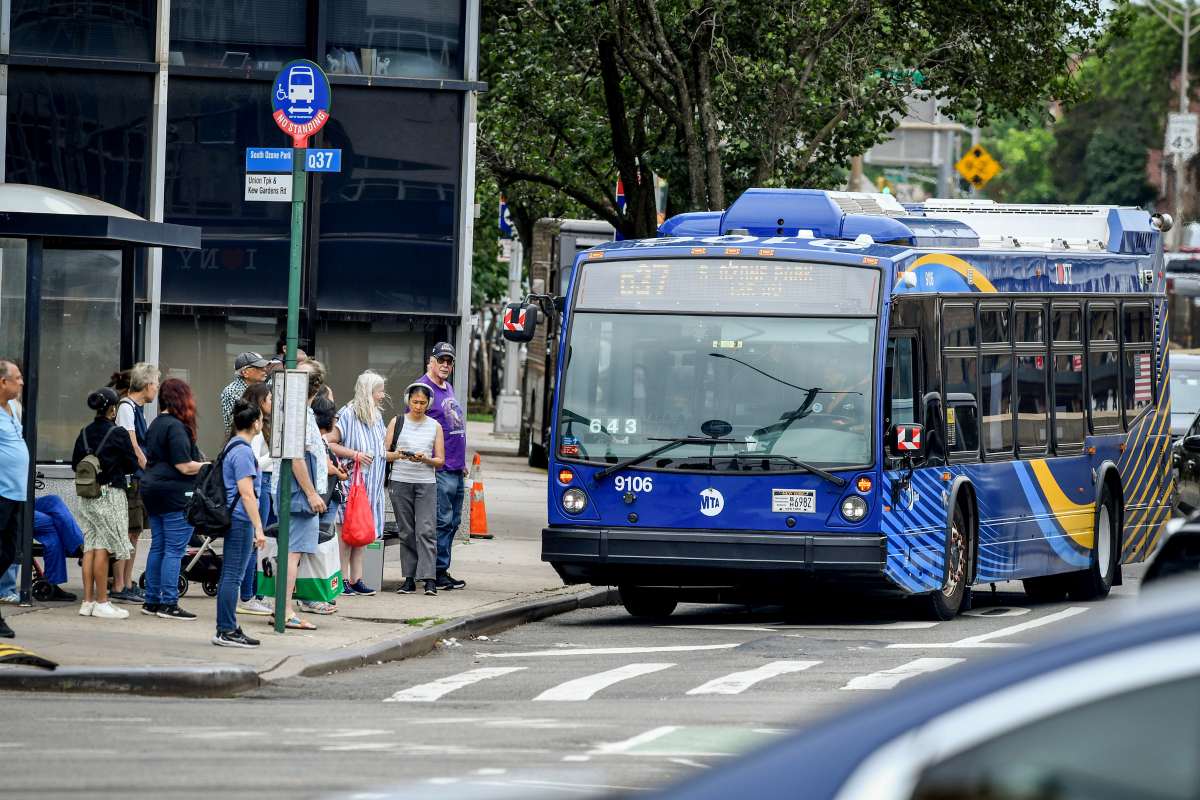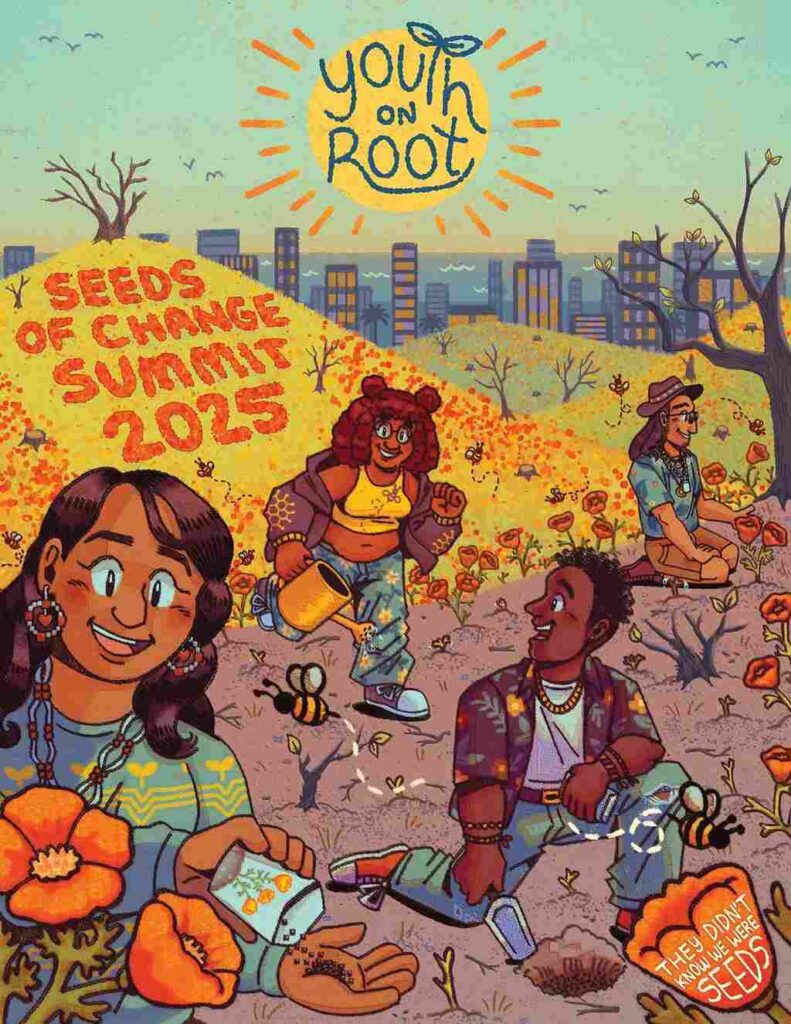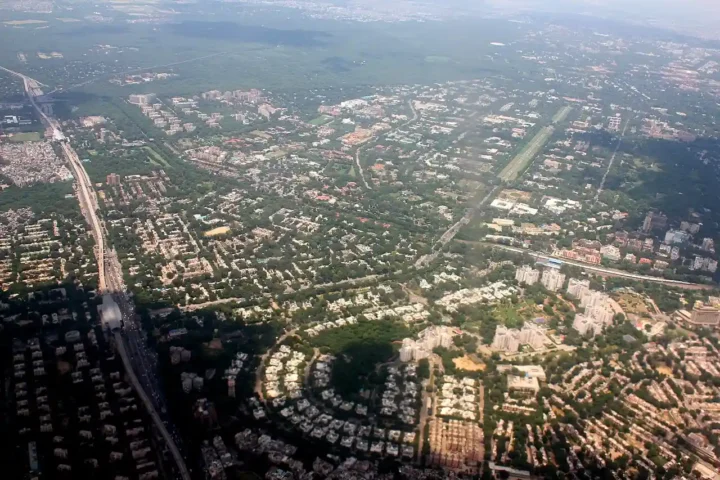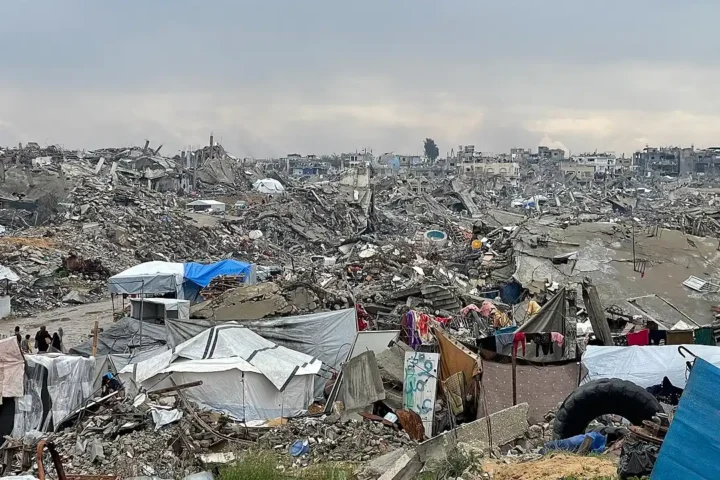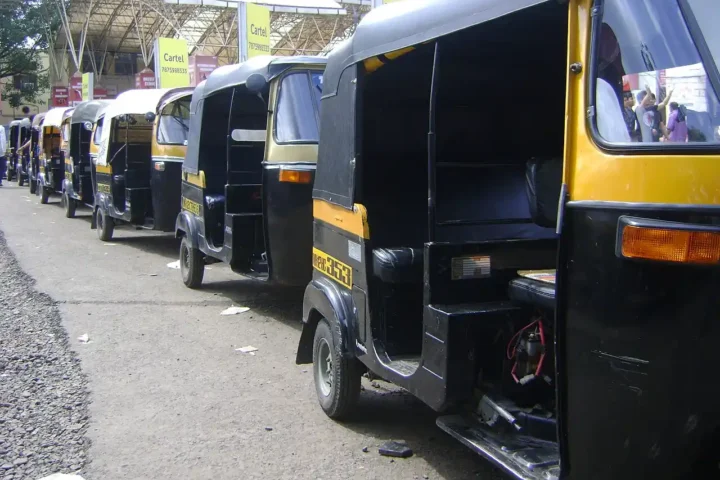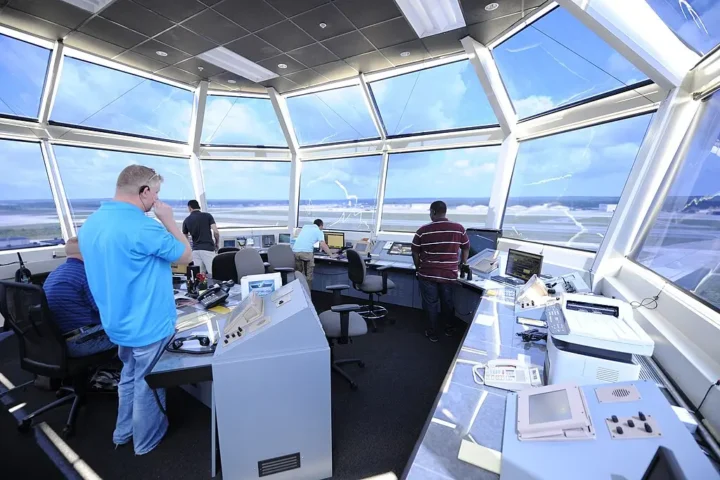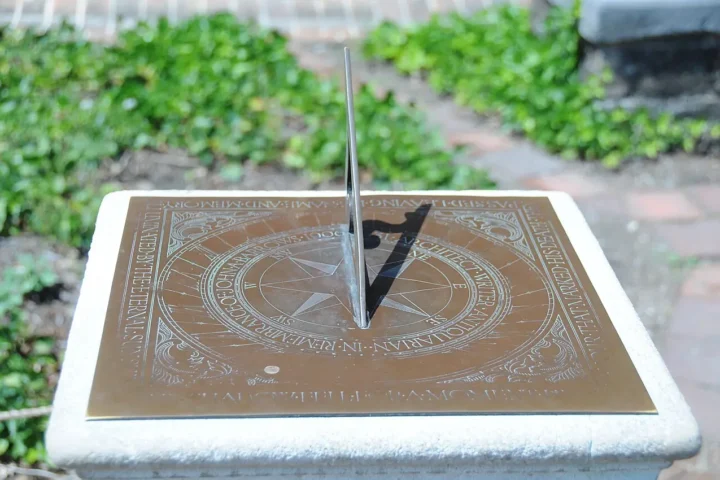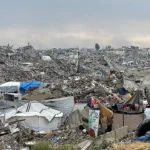The largest bus network overhaul in Queens since the 1950s enters its final phase on August 31, 2025, reshaping how 800,000 daily riders get around the borough. Are your routes changing? Here’s what you need to know.
Bus Routes Getting a Fresh Start
After years of planning and community feedback, the MTA’s Queens Bus Network Redesign rolls out its second and final phase this Sunday. The update affects 39 routes in total — one new, 37 modified, and one discontinued. This follows Phase 1, which launched June 29 and brought 16 new routes, modified 67 others, and discontinued 5.
“800,000 Queens residents depend on our buses every day, and we owe it to them to find new ways to speed service,” said MTA Chair Janno Lieber. “The new MTA is listening to our customers and delivering bus speed improvements – whether it’s by transformative redesign of the bus network, Automated Camera Enforcement, or congestion pricing.”
The changes aren’t just reshuffling route numbers. The MTA is investing $33.7 million annually in expanded service, creating a network of 124 routes—94 local and 30 express—with more consistent scheduling and better connections.
Speed Boost Already Working
Early results from Phase 1 show promising improvements. MTA officials report the Q111 route is now running 16% faster. These gains come from carefully planned stop spacing (averaging about 1,151 feet for local routes) and new “Rush Routes” that make fewer stops between outer neighborhoods and major hubs.
For riders wondering exactly how their commute will change, the MTA has created a Route Look-Up Tool on their website. Simply enter your current route to see what’s changing.
Similar Posts
Free Transfers Get an Upgrade
Along with the redesign comes a helpful fare policy test: a second free transfer pilot program running for six months. The first transfer must be within two hours of the first tap and the second transfer must be within three hours, preventing double charges during connections.
This matters especially for trips that now require transfers where direct service once existed. The MTA aims to offset any inconvenience with more frequent service and faster overall travel times.
Helping Hand for the Transition
The MTA isn’t leaving riders to figure things out alone. Customer Ambassadors will staff 58 key locations from Aug. 18 through Sept. 12 to answer questions and help people navigate the changes.
“One of the biggest things that we took away is that while you can put everything online and talk about it in community meetings, nothing beats talking to people in person,” said Chris Pangilinan, NYCT SVP of Buses.
New Guide-A-Ride inserts at bus stops will show updated route information, and the MTA’s Future Trip Planner tool lets riders test their new commutes before changes take effect.
Getting It Right for Everyone
The redesign pays special attention to equity areas in the MTA’s Equity Evaluation—neighborhoods with high transit dependency, lower incomes, and minority populations, including Corona, Jamaica, and Elmhurst.
Not everyone is thrilled with all aspects of the plan. Some equity advocates have raised concerns about bus stop removals affecting seniors and riders with disabilities. The MTA says it has adjusted some stop locations based on this feedback while still maintaining improvements in travel speed.
Back-to-School Ready
With New York City schools reopening September 4, just days after the final changes roll out, the MTA says it’s coordinating with the Department of Education to ensure smooth trips for students.
Parents and students should check their routes using the MTA tools before the first day of school to avoid surprises.
Long Road to Redesign
The Queens Bus Network Redesign has been a marathon, not a sprint:
- 2019: Initial draft plan released, met with widespread community objections
- 2022: Updated draft incorporating public feedback
- 2024: Proposed Final Plan plus Addendum after public hearings
- January 2025: MTA Board approval
- June 29, 2025: Phase 1 implementation
- August 31, 2025: Phase 2 implementation
The result is the first borough-wide redesign of Queens bus service in over 60 years, creating a network meant to match today’s travel patterns rather than those of previous generations.
What Riders Should Do Now
- Check your routes using the MTA Route Look-Up Tool
- Test upcoming trips with the Future Trip Planner
- Look for new Guide-A-Ride signs at your stops
- Talk to Customer Ambassadors if you need help
- Remember the new transfer rules that allow two free transfers
The Queens Bus Network Redesign affects 124 routes across the borough, implementing them in two phases during summer 2025. Key features include new rush routes, balanced stop spacing, targeted bus priority projects, and a second free transfer pilot. The MTA’s approach prioritizes improvements in high-need areas, with early data showing measurable speed improvements on certain routes.
